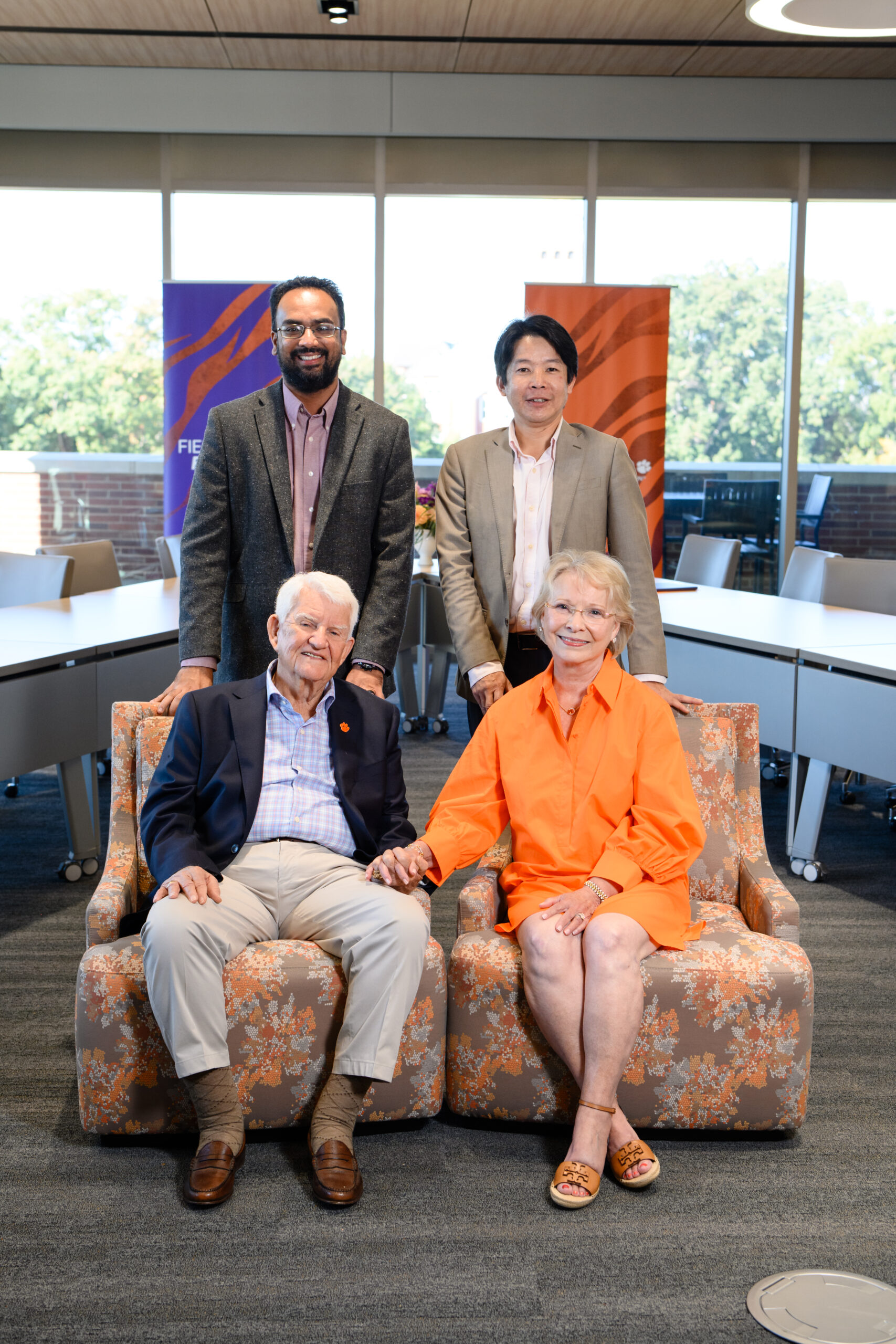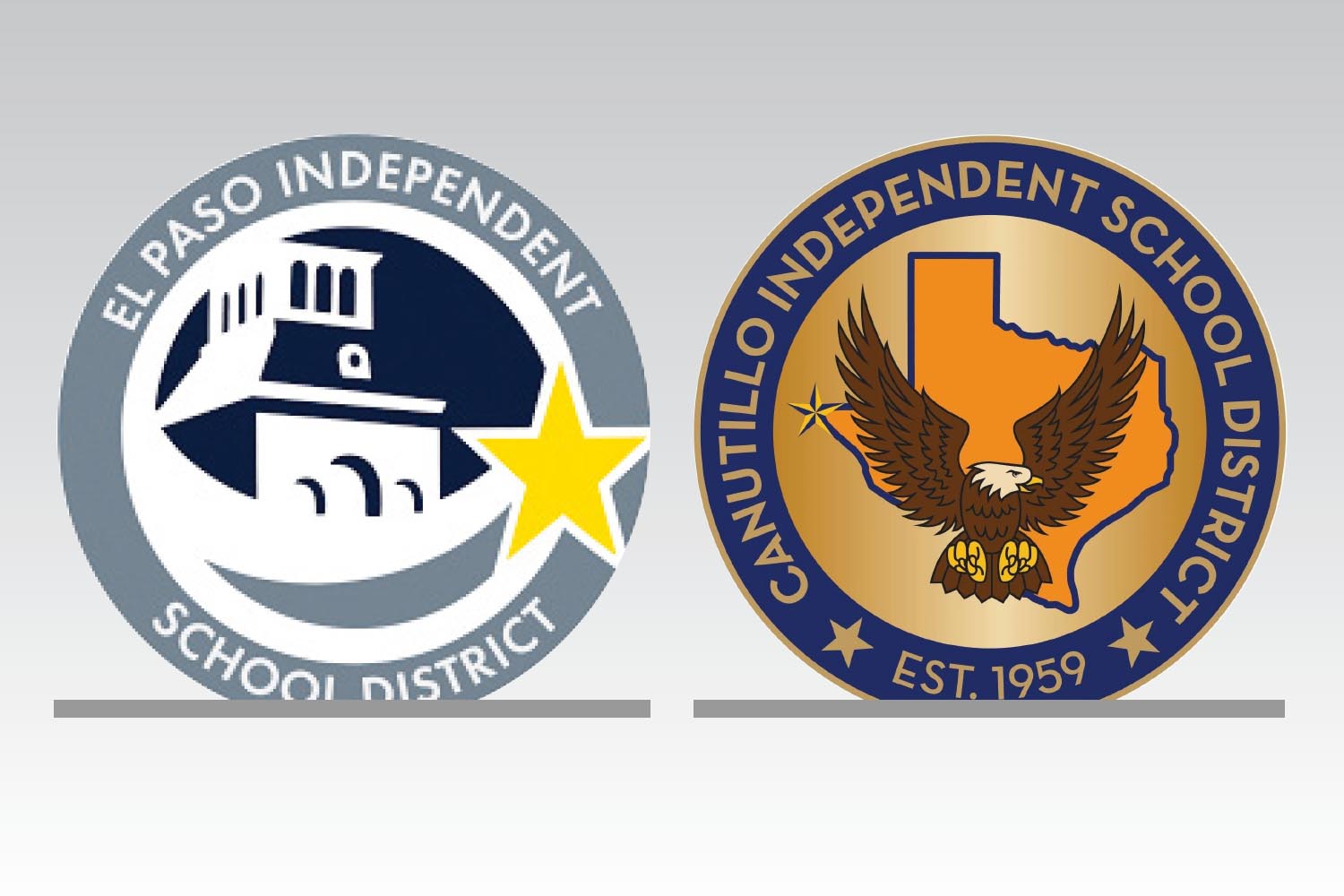Artist and educator Nayland Blake is set to release a significant collection of insights and assignments in his upcoming book, My Studio Is a Dungeon Is the Studio: Writings and Interviews, 1983–2024. Edited by Jarrett Earnest, the book will be published by Duke University Press on November 4, 2025. It aims to inspire a new generation of artists through thoughtful assignments that foster creativity and self-exploration.
Emphasizing the Importance of Assignments
With over 30 years of teaching experience in diverse settings, including colleges and workshops, Blake views teaching as a vital contribution to the cultural landscape. He believes that the foundation of art education lies in crafting effective assignments. His approach emphasizes that the right assignment can address unarticulated needs, guiding students on their creative journeys.
Blake shares that his educational philosophy is rooted in the assignments he received during his own training, as well as those he has developed over the years. He cultivates a range of assignments aimed at building specific skills or prompting students to reconsider their artistic practices. “Finding a good assignment provides a thrill,” Blake notes, highlighting the excitement that comes with discovery.
Assignments as a Path to Self-Discovery
The assignments Blake proposes are not merely tasks; they serve as pathways to deeper understanding. He emphasizes that these exercises are designed to expand participants’ perspectives rather than restrict them to predetermined conclusions. “Good assignments awaken us to the breadth of possibilities available to us,” he explains, illustrating how they can encourage exploration of one’s own creativity.
Blake acknowledges that developing effective assignments can be challenging. Yet, he draws on principles from recovery practices, advocating for action without attachment to outcomes. This approach allows artists to engage with their work freely, fostering a sense of liberation and creativity.
Through his assignments, Blake aims to facilitate personal growth, encouraging practitioners to explore the deviations within themselves. While these exercises may not lead to replication of Blake’s style, they are designed to provide each artist with a unique pathway to their own creativity.
As Duke University Press prepares for the launch of Blake’s book, the artistic community is eager to engage with the transformative potential of his assignments. With a focus on nurturing individual expression, Blake’s insights promise to inspire both seasoned artists and newcomers alike.







